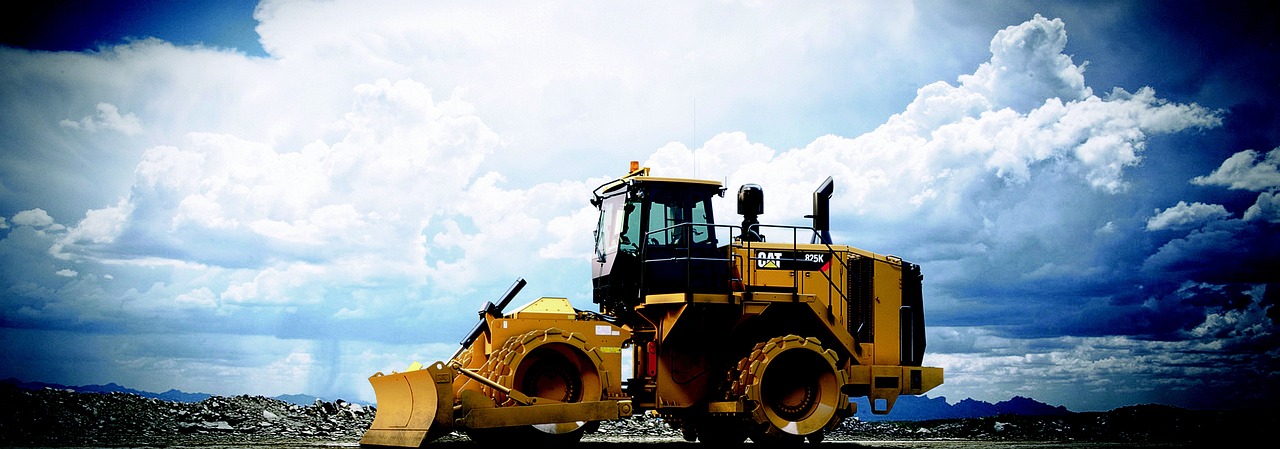Tech in Environmental Conservation: The Rise of Green Buildings
Traditional construction methods have long been the backbone of the industry, but they come with their fair share of challenges. One common issue is the slow pace at which projects are completed using these methods. The reliance on manual labor and outdated techniques often hinders the efficiency of construction processes.
Moreover, traditional construction methods can also lead to higher material wastage and increased costs. The lack of precision in measurements and the need for rework due to human error can result in a significant amount of resources being wasted during the construction phase. This not only impacts the financial aspect of the project but also contributes to environmental concerns regarding resource depletion.
Benefits of Green Buildings in Environmental Conservation
Green buildings play a crucial role in environmental conservation by significantly reducing energy consumption and carbon emissions. Through the use of sustainable materials and advanced technologies, these buildings are able to minimize their environmental impact while providing comfortable and healthy living spaces for occupants.
Furthermore, green buildings often incorporate features such as rainwater harvesting systems, green roofs, and energy-efficient appliances, all of which contribute to the preservation of natural resources and the reduction of waste. By promoting biodiversity and reducing pollution, green buildings serve as a sustainable solution to the environmental challenges faced by traditional construction methods.
What are some challenges in traditional construction methods?
Traditional construction methods often involve the use of materials that are harmful to the environment, such as concrete and steel. These materials require a lot of energy to produce and can contribute to greenhouse gas emissions.
How do green buildings help in environmental conservation?
Green buildings are designed to be more sustainable and environmentally friendly. They use materials that are recycled or renewable, and they are built in a way that reduces their energy consumption and waste production. This helps to minimize their impact on the environment.
What are some benefits of green buildings?
Some benefits of green buildings include reduced energy consumption, lower operating costs, improved indoor air quality, and a smaller carbon footprint. Green buildings also tend to be more resilient to climate change and natural disasters.
How do green buildings contribute to a healthier environment?
Green buildings help to reduce air and water pollution, conserve natural resources, and protect biodiversity. By using sustainable materials and practices, green buildings can help to create a healthier environment for both people and the planet.
Are green buildings more expensive to construct than traditional buildings?
While green buildings may have a slightly higher upfront cost, they often provide long-term savings through reduced operating costs and increased property value. In the long run, green buildings can be a cost-effective and environmentally responsible choice.





